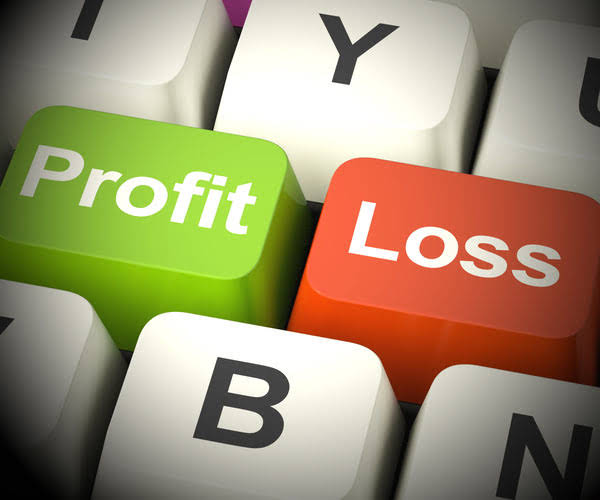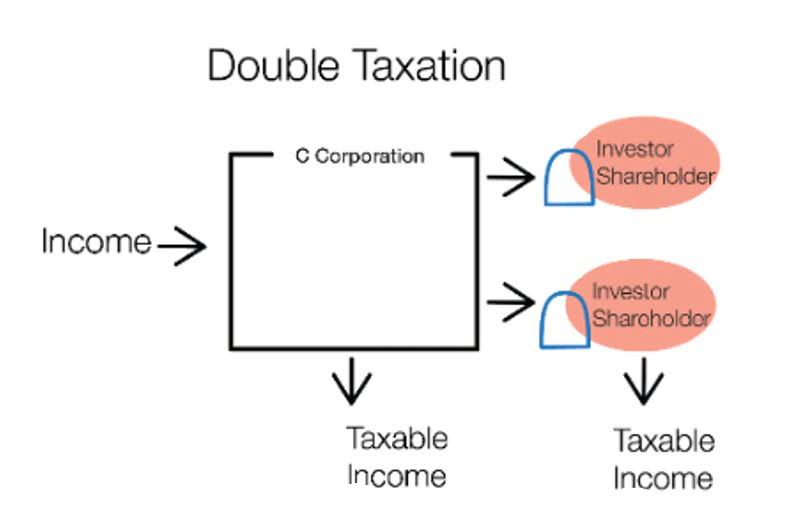
At the beginning of the period, the accounts payable balance was $50 million, but the change in A/P was an increase of $10 million, so the ending balance is $60 million in Year 0. Given a company’s historical days payables outstanding (DPO), or “AP Days”, the working capital metric serves as a practical benchmark by which a company’s management of payables can be analyzed. The accounts payable metric, by itself, offers minimal insights into the operating efficiency of a company. Hence, the necessity to calculate the days payable outstanding (DPO) of a company on a trailing-basis. Therefore, the concept of trade payable is deemed a subset of accounts payable, which is more comprehensive in terms of the short-term payment obligations that comprise the line item.
Understanding the Accounts Payable Process

Your accounts payable (AP) process is key to ongoing operations, essentially acting as the core of your relationships with vendors and suppliers. But merely writing down numbers on your ledger isn’t enough; you also need to understand why it works the way it does and how to make your process streamlined if it’s falling short. The cause of the increase in accounts payable (and cash flows) is the increase in days payable outstanding, which increases from 110 days to 135 days under the same time span. The formula to calculate the accounts payable turnover ratio is equal to the total supplier payments divided by the average accounts payable balance.
Early Payment Discounts vs. Need for Cash
A journal entry in accounts payable functions as a record of a debt your company incurs when purchasing goods or services on credit. This debit entry reduces the amount owed to the vendor, reflecting the payment made to settle the outstanding liability. One of the main financial statements (along with the balance sheet, the statement of cash flows, and the statement of stockholders’ equity). The income statement is also referred to as the profit and loss statement, P&L, statement of income, and the statement of operations.
- Bills payable refers to the liabilities that a business owes to its suppliers for goods or services provided that have not yet been paid for.
- All of these best practices are intended to improve the efficiency of the payables process.
- We calculate it by dividing total supplier purchases by average accounts payable.
- Under the accrual method of accounting, an invoice or purchase order is recorded when it is presented by the creditor (as opposed to when it is paid).
- You need to know your return on assets (ROA), a metric used by investors and owners alike.
Financial due diligence: Uncovering hidden risks

The vendor invoice will include details on the quantity of goods or services, the price, payment terms, and a due date, such as net 30. A good accounts payable system can also help you identify any discrepancies with your payments and invoices. Addressing these issues quickly can Bookkeeping for Chiropractors help you avoid disputes, late fees, or interest changes.
What is Accounts Payable?
On each scheduled payment date, the accountant runs a preliminary check register and reviews it to ensure that all stated payments should be made. The remaining payments are made, using either checks or electronic payments. Depending on the controls used, these payments may need to be approved before they are issued. Selecting team members for your accounts payable department who possess these skills is important to guarantee the smooth and efficient operation of your organization’s AP department. This is what the initial purchase of inventory would look like in the journal entry.

What is an example of an accounts payable policy?
Just as delays in paying bills can cause problems, so could paying bills too soon. If vendor invoices are paid earlier than necessary, there may not be cash available to pay some other bills by their due dates. Further, under the Goods bookkeeping and Services Tax (GST) laws in India, businesses can claim input tax credit only if their vendors upload invoices on time.
Once the owner, CFO, or an employee with accounts payable financial responsibility approves the purchase requisition and the procurement department or owner approves the PO, Company A places the order with a vendor. The accounting software market is set to grow at a CAGR of 8.5% by 2027, so it’s likely your competition is already taking advantage of the technology. Sales are reported in the accounting period in which title to the merchandise was transferred from the seller to the buyer. A bill issued by a seller of merchandise or by the provider of services.

Examples of accounts payable include expenses related to goods and services purchased by the business. Think equipment purchases, cleaning services, staff uniforms, software subscriptions, office supplies, and much more. Because accounts payable entries are not immediately paid, they are listed as a current liability on a business’ general ledger and balance sheet. To boost accuracy and efficiency, many forward-looking businesses are implementing solutions that automate accounts payable. A streamlined accounts payable process enables visibility into a company’s financial wellbeing and can unlock insights that help businesses grow.